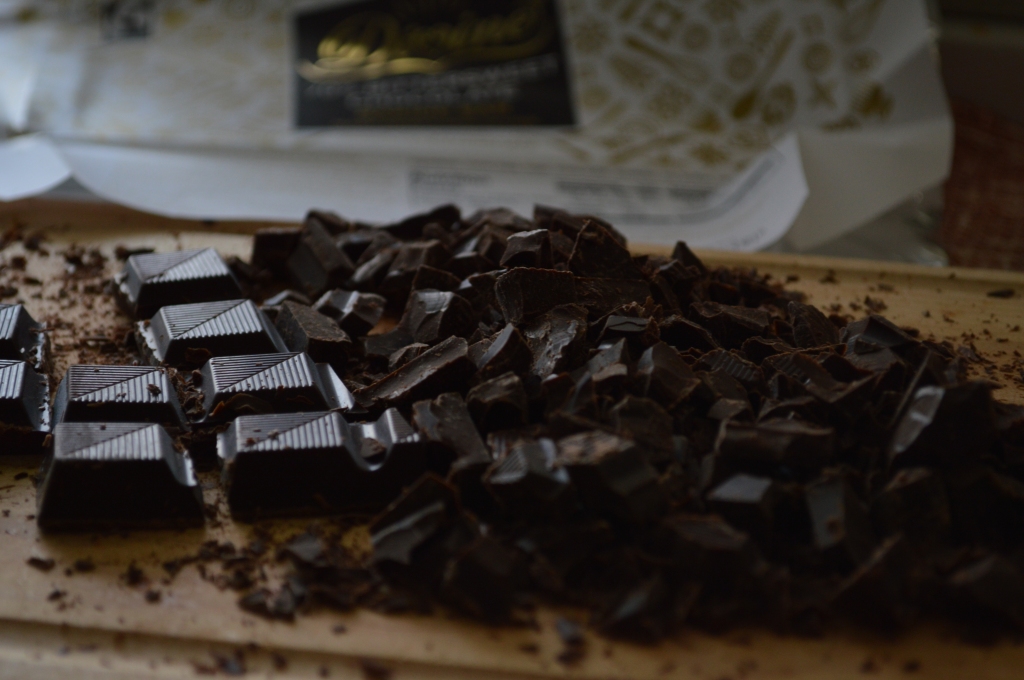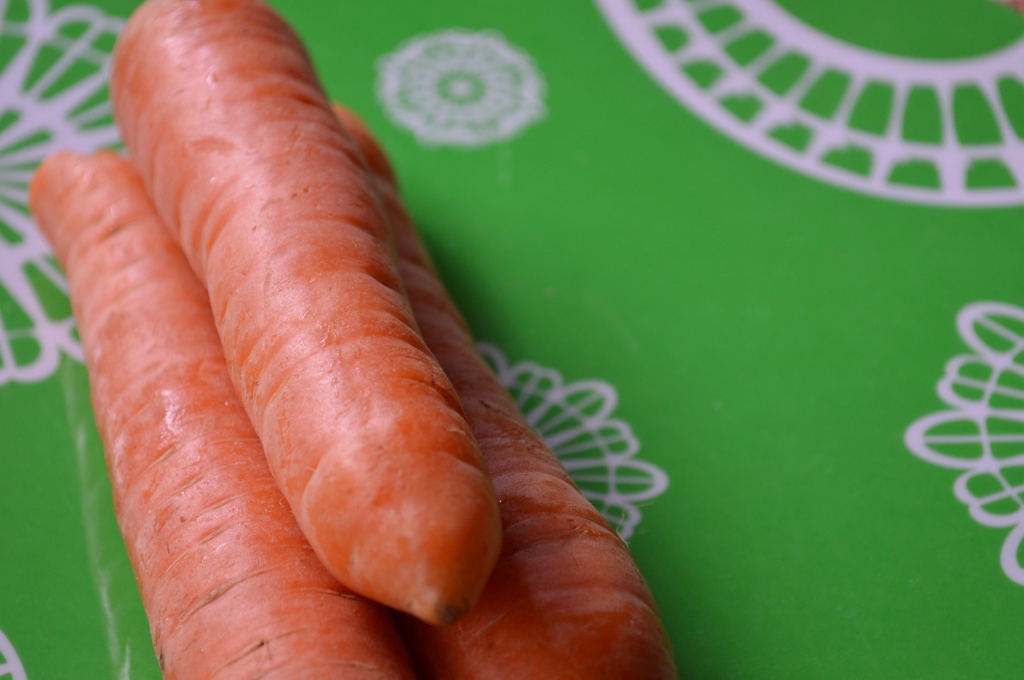How do I love thee? Let me count the ways.
I love thee to the depth and breadth and height
My soul can reach, when feeling out of sight
For the ends of being and ideal grace.
I love thee to the level of every day’s
Most quiet need, by sun and candle-light.
I love thee freely, as men strive for right.
I love thee purely, as they turn from praise.
I love thee with the passion put to use
In my old griefs, and with my childhood’s faith.
I love thee with a love I seemed to lose
With my lost saints. I love thee with the breath,
Smiles, tears, of all my life; and, if God choose,
I shall but love thee better after death.
“How Do I Love Thee?” by Elizabeth Barrett Browning
‘Tis the season to eat mackerel.
Oh how I love thee beauties, super fresh with bright eyes and shimmering skin.
They have a tiny, silvery tongue. Did you know that? I never cleaned mackerel before–that was my mother’s job. When I was a kid, she would get a handful of mackerel from a local traditional market, clean them, and cure them in the refrigerator. There are many, many cured or dried fish processes in the Korean culinary arsenal in order to preserve the nature’s bountifulness beyond its fleeting season.
I have been off the quadruped, as well as the biped (birds, I mean, of course), for about 20 months. I always had hard time keeping beef down in my system (it gives me diarrhea) so I was never too keen on eating beef. Not a big pork eater either. I had a soft spot for birds. But.
When I was traveling through Europe last year, it wasn’t easy to eat meat. Camping simplified my diet a lot (although I have seen hearty eaters of Dutch bicyclers who traveled the entire Europe by cycling. They were roasting meat in their uber powerful camping stove in camping sites!) I ate mostly soup, honey, a bit of cheese (lactose intolerant and I can testify to potency of European milk. WOW. Ask my butt how much milk can be in 10g of swiss milk chocolate.), bread, and dried and fresh fruit. I had a tiny alcohol stove in which I mix water with powered soup mix, or heat water for tea or coffee. Honey and sugary fruit gave me all the energy I needed. Bread satisfied my whole grain craving. Bread in Europe was an eye-opener. People were so serious about their bread! I was jealous of the Europeans (in France, Germany, Norway, Spain, and Switzerland)! Bakeries, small and large, fancy and humble, were everywhere, every corner of any neighborhood. It’s not just french bread, croissant, or pastries that were good. German kuchen was amazingly good AND far cheaper than french pastries. Camping sites all over Europe offered fresh bread from these neighborhood bakeries–we just need to place an order a night before and came next morning a warm, crackling, hardy, nutty loaf of bread ready at the office of the camp site manager.
I am back in the U.S. I am lucky to live in a neighborhood where there is a pattisserie that carries hardy french bread as well as fancy cakes, mousse, macarons, and pastries. But alas, for someone who does not eat land or sky animals, midwest can be harsh. The midwestern diet is mostly red meat and potato. And iceberg lettuce. I am not kidding. I do not like salad, unless it is hardy enough to be a meal. I have to eat a lot of vegetable (because I eat a lot). I’m 5 f tall and 107 pounds but I eat like a backwoodsman. Blame my hyper metabolism or the way I brought up (veggie/ fruit-heavy diet). I just need to eat a lot and that tiny bowl of iceberg lettuce is mostly for garnishing and cannot possible hold me.
The oasis in this gastronomic wasteland is Coastal Seafood, a local fishmonger. The range of sea animals they carry cannot compare to what people in other parts of the world eat (Japan and South Korea, for instance and France, it seems), but this is as good as it can be here.
Mackerel is in season. It is high in omega 3, 4, or 6 or whatever the number. It is fatty. It is affordable, only $5.99/ pound as opposed to countneck clams which cost $7.99/ pound. It is easy to prepare. It only takes 7-8 mins to broil (if you have a charcoal grill, open fire is the best way to roast) Only help it needs is a wee bit of curing time.
The fishmonger already gutted out gills so I just need to cut the heads out and the belly open, butterflying them. Wash them. Pat them dry. Sprinkle with coarse sea salt generously. And cure them at least 2-3 days in the refrigerator. If weather wasn’t too crazy as it is today, I could cure it outside. It is supposed to be ridiculously cold, -25 F tonight. Osmosis takes care of everything: the salt draws moisture out of the fish and transforms the flesh into something with more bite. It is fantastic.
There is a cornucopia of shellfish and sea animals. Eat something other than shrimp (nearly 100% cholesterol, not to mention too much of “blood shrimp” flooding the US markets), or salmon or tuna (overfished and way high in the food chain). Eat something beyond “white” fish such as halibut (a subtle, delicate flavor but $25/ pound!!) or tilapia (this is NOT fish, people. Most sold in US markets are farm raised and grain fed). Try oyster (high in protein and could be an aphrodisiac!), mussel (super affordable with a tangy flavor you can add to your soup or spicy pasta), or squid (unfortunately I haven’t seen in the U.S. the kind of squid I grew up with in Korea. Ones sold in the US markets are of smaller, less chewier, less flavorful distant cousin). There are also sea plants like a variety of kelp, ranging from super fine ones (roast them with sesame oil and a pinch of salt) to very fibrous ones (wondrous base for fabulous soup).
Mackerel is good for your soul. Grilled mackerel with a bowl of sweet brown rice will make you believe that heaven is for real.
Eat real food.



























